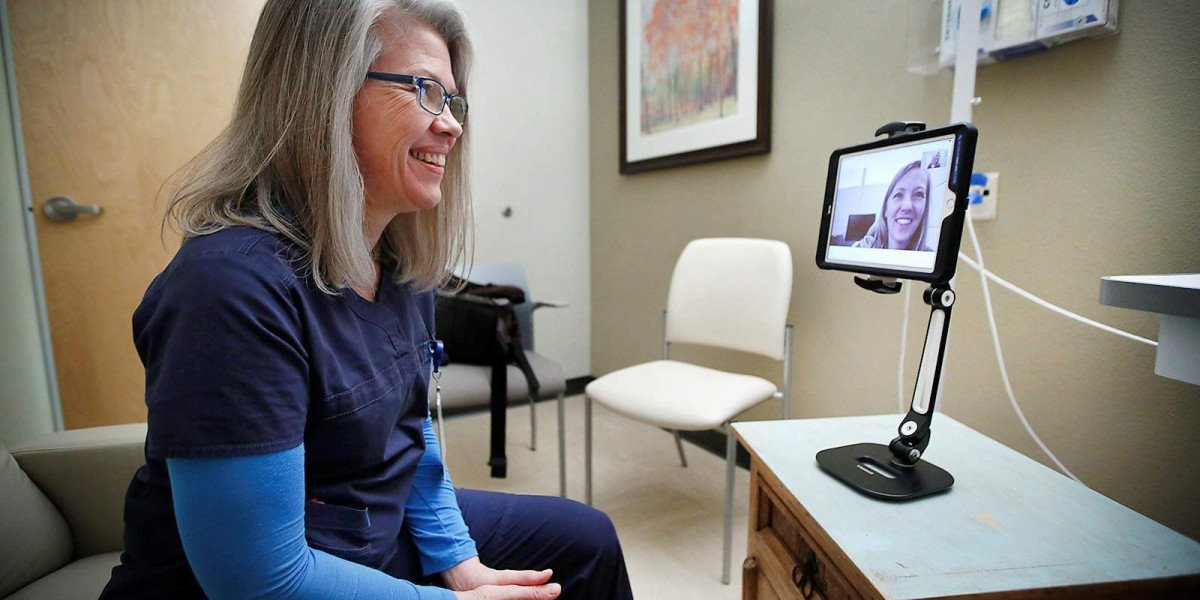In 2025, medical practices are using remote reception services to reduce expenses and improve patient communication. The Virtual Receptionist Cost has become a major question as healthcare providers explore new ways to manage front-desk duties from a distance. This article explains the key pricing factors for healthcare-focused virtual receptionist services.
1. Pricing Models That Shape Costs
One of the main factors that affects medical virtual receptionist cost is the pricing model. These are the most common pricing types in 2025:
Per-minute: You pay for the minutes used on each call. Medical plans in the United States range between $0.70 and $1.20 per minute.
Per-call: Each call is charged at a fixed rate. This rate is often between $0.85 and $1.67 per call.
Monthly packages: This model includes a set number of minutes or calls. Costs range from $150 to $1,200 each month.
Hybrid billing: A base plan includes a number of calls or minutes. Extra calls are charged at an added rate. These extra rates usually start at $0.75 per minute.
Your choice should depend on how your practice handles patient calls. A fixed monthly plan might be better for small clinics. A per-minute plan may be better for places with uneven call traffic.
2. Call Volume and Time of Day
Call volume plays a direct role in healthcare virtual receptionist cost. When you receive more calls or longer calls, you will pay more. These are the biggest factors:
Total calls: If your office gets a lot of calls each day, your costs will go up fast.
Time per call: Basic calls like confirmations take less time. Complex calls like referrals or care updates take more time.
After-hours use: Evening and weekend calls raise prices. Many providers charge extra for coverage outside business hours.
Busy seasons: Flu season or winter months can increase call volume. Many practices hit overage costs in these periods.
For example, Smith.ai's 2025 pricing shows that a medical practice could pay around $292.50 for 30 calls in a month. The price increases if your calls go over this limit.
3. Healthcare-Specific Needs and Compliance
Medical offices face strict rules. These rules increase the virtual healthcare receptionist cost. These are the common factors that raise healthcare prices:
HIPAA compliance: Receptionists must follow patient privacy laws. That means secure calls and secure data use.
Medical skillsets: Virtual staff must understand basic clinical terms, insurance workflows, and office systems. This training costs more.
System connections: Some services sync with EHR systems or scheduling tools. These extra features add to your total bill.
Bilingual needs: If your patients speak more than one language, support in Spanish or another language will cost more.
These services are priced higher than those for general offices. The extra training and legal risk make them more costly.
4. Location and Labor Rates
Where your virtual medical receptionists are based matters. It affects labor cost and service fees.
U.S. based vs overseas: U.S. receptionists are paid more. That means the services cost more. Offshore teams charge less but may face issues like slower call speed or accents.
Known providers vs new companies: Established brands with experience and reviews often charge more than newer groups.
Provider availability: If you are in an area with many services, prices may be lower. In small markets, providers charge more because there are fewer options.
Most medical virtual receptionist services in the U.S. in 2025 cost between $15 and $25 per hour.
5. Contract Terms and Add-On Fees
Price plans are not always simple. You must read the full agreement before you sign. Here is what to watch for:
Setup fees: Some companies charge a one-time fee for setup. This includes call routing or script building.
Length of contract: Monthly plans often cost more than yearly contracts.
Overage charges: If you go over your plan, you pay more. Check how much those extra minutes or calls will cost.
Hold time and transfers: Some plans charge more when a caller is on hold or moved to another line.
Special reports or outbound calls: Add-on features such as reports or outgoing calls may not be included in the base plan.
Ask for a full quote and compare the terms. That way, you can avoid hidden costs.
6. Comparing Price Ranges
Here is a basic comparison table:
Type of Plan | Price Range (Monthly) | Use Case |
Entry-level subscription | $150 – $600 | For small clinics with low call volume |
Standard subscription | $600 – $1,200 | For busy clinics that need after-hours help |
Enterprise plans | $2,000 – $3,000+ | For hospitals or groups with large staff |
Per-call/minute models | $0.70 – $1.67 per unit | For offices with changing call patterns |
In comparison, an in-office staff member could cost $30,000 to $50,000 each year with salary and benefits. Virtual options reduce that by 60% or more.
7. Planning for Virtual Medical Receptionist Cost
Here are simple steps to help plan your virtual medical receptionist cost:
Count how many calls you get each week.
Write down how long each call takes.
Decide if you need service after 5 PM or on weekends.
Choose what you want help with—just scheduling, or full triage.
Get quotes from at least three providers.
Compare what's included in each plan.
Pick a short-term test plan to see what works.
This approach helps prevent surprise fees. You can also switch providers if your needs change.
8. Why Healthcare Providers Choose Virtual Receptionists
There are many reasons medical offices now use virtual medical admin jobs to fill their staffing gaps:
They reduce long-term hiring costs.
There is no need for office space or equipment.
They help clinics cover nights and weekends.
They make sure more patients get answered.
They let in-house staff focus on care.
The virtual healthcare receptionist cost may seem high at first. But when compared to hiring full-time staff, the savings are often clear within a few months.
9. Final Thoughts
Choosing a virtual receptionist is not just about finding the cheapest rate. It is about finding the best plan that matches your real needs.
The Virtual Receptionist Cost will depend on how many calls you get, what level of service you need, and when you need help. In most cases, monthly plans for healthcare practices range between $150 and $1,200. Larger practices may pay more.
You should track your current call data and speak with multiple providers. This helps you find a match that fits your goals and budget.







